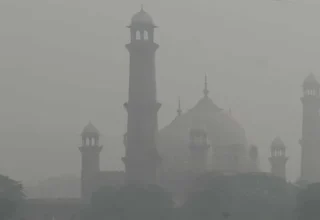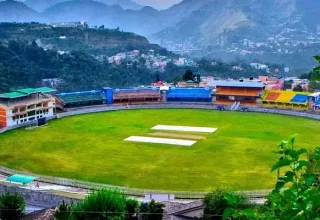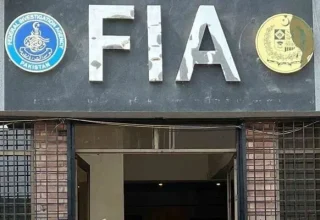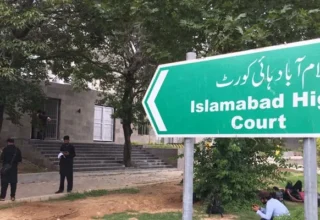
Smog levels in Lahore and several central districts of Punjab have intensified, making open-air breathing increasingly hazardous. Health experts have warned residents to limit outdoor activity and use protective masks.
On Sunday morning, the Air Quality Index (AQI) in Lahore’s Ravi Road locality surged to 810 that categorized as “extremely hazardous.” The city’s average AQI was recorded at 367. In other cities, Gujranwala reported an AQI of 627, while Faisalabad recorded 434.
Environmental experts say low-pressure atmospheric conditions and cross-border pollution are the primary factors behind the worsening air quality.
According to the spokesperson for the Punjab Environment Protection Department, polluted winds blowing from Indian Punjab are contributing significantly to smog levels across Lahore and central Punjab. The effects are being felt in Lahore, Kasur, Sheikhupura, and Gujranwala.
The spokesperson added that high humidity levels reaching between 95 and 100 percent in the night and early morning are further trapping pollutants in the air. Smoke and dust particles from Indian Punjab and parts of southern Punjab continue to impact Lahore’s atmosphere.
Authorities have launched awareness campaigns in rural areas and mosques, urging farmers not to burn crop residue. Local officials and village heads have also been instructed to discourage the practice.
Meanwhile, smog control teams are deploying “smog guns” in high-AQI zones across Lahore to spray water mist aimed at reducing pollution concentration. Officials expect a decrease in smog intensity over the next 48 hours if weather conditions improve.





























